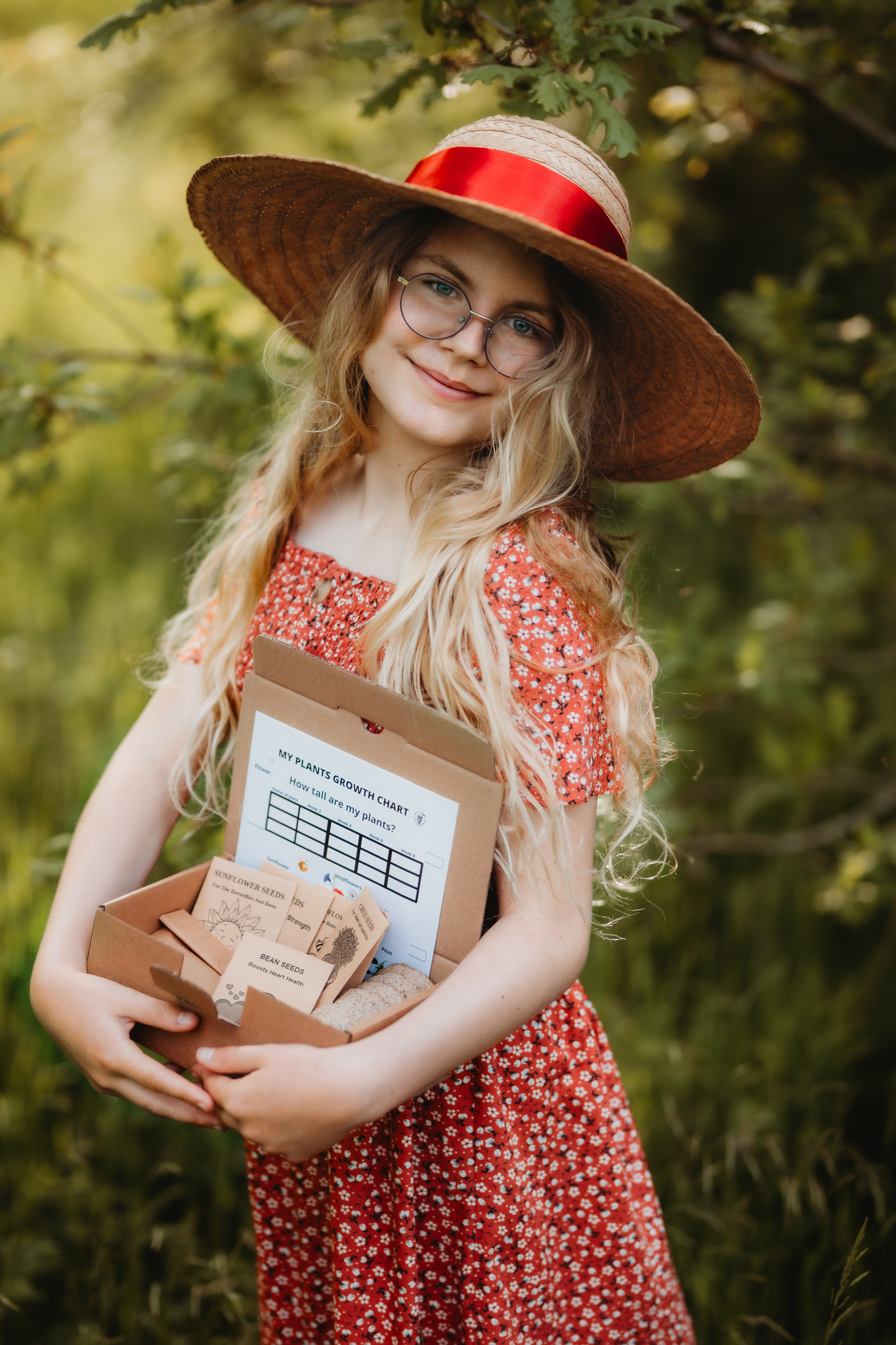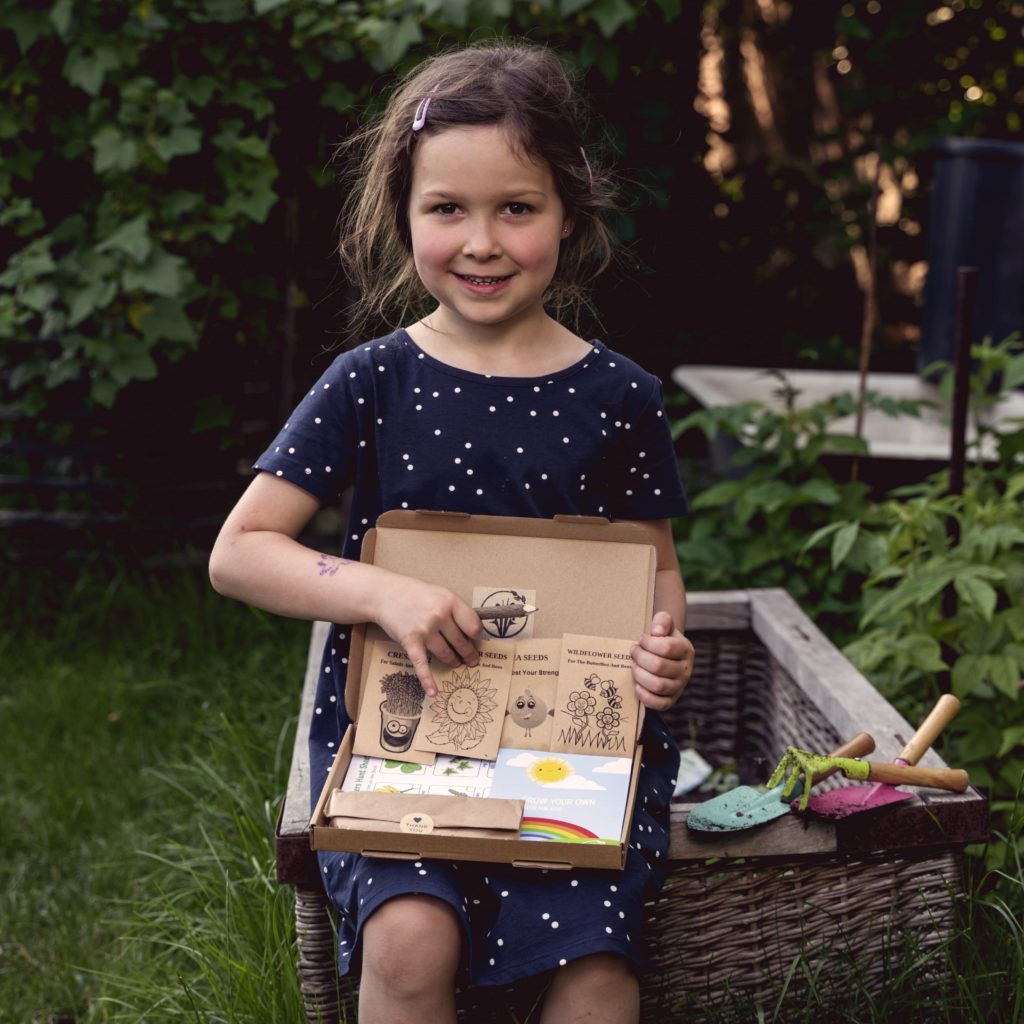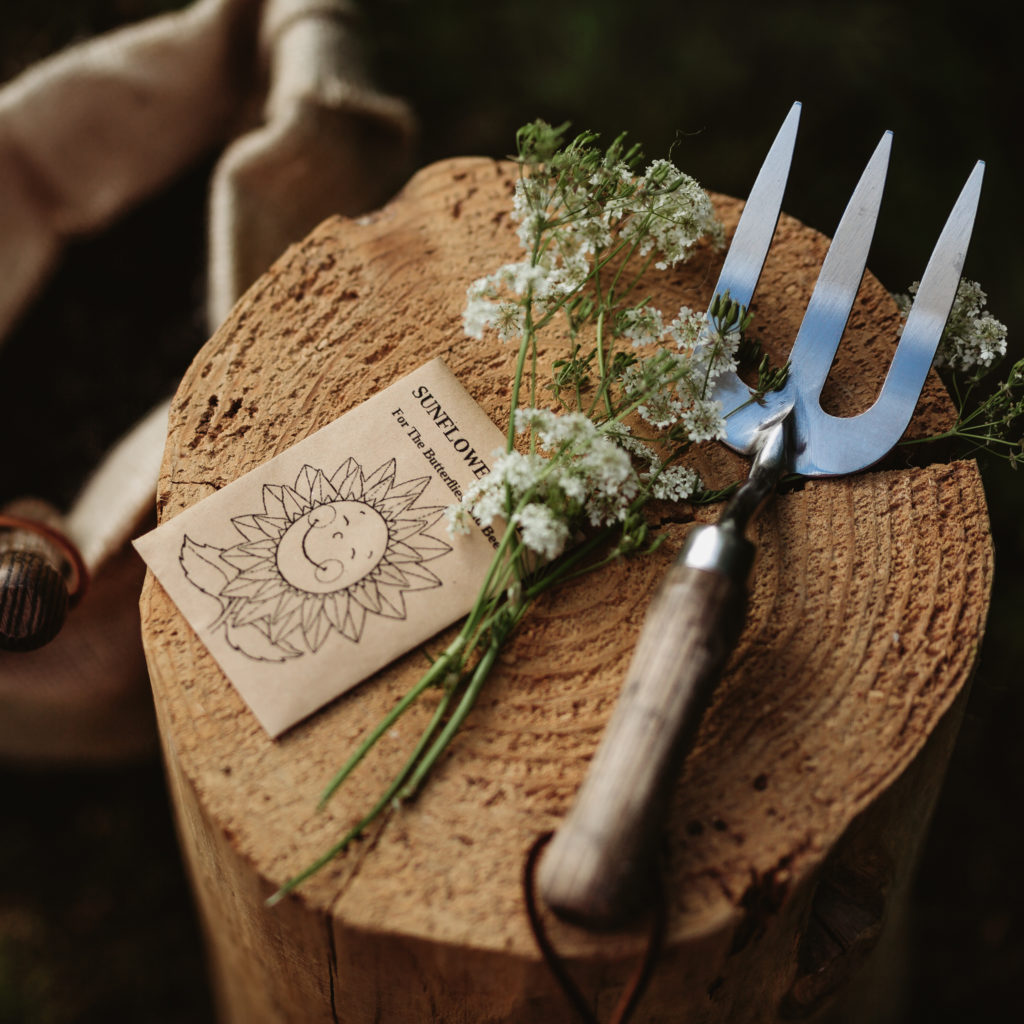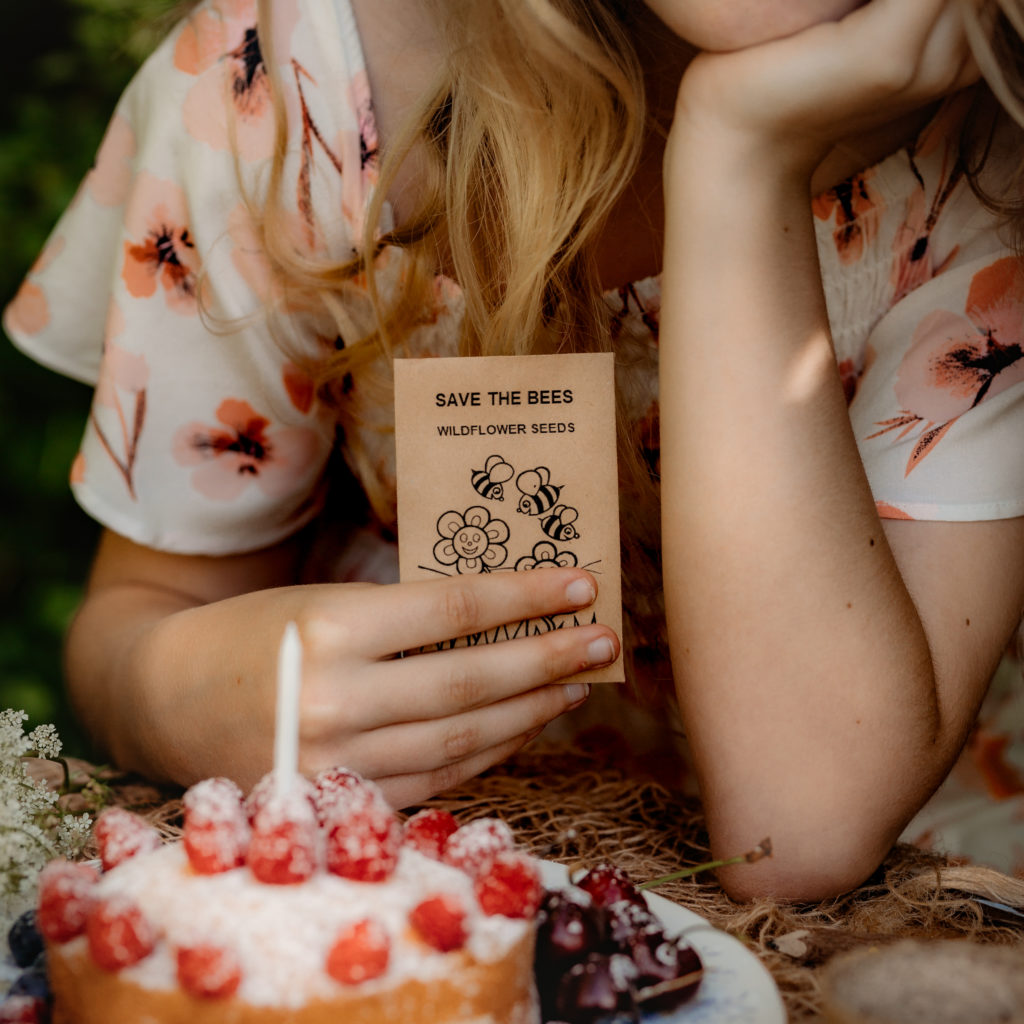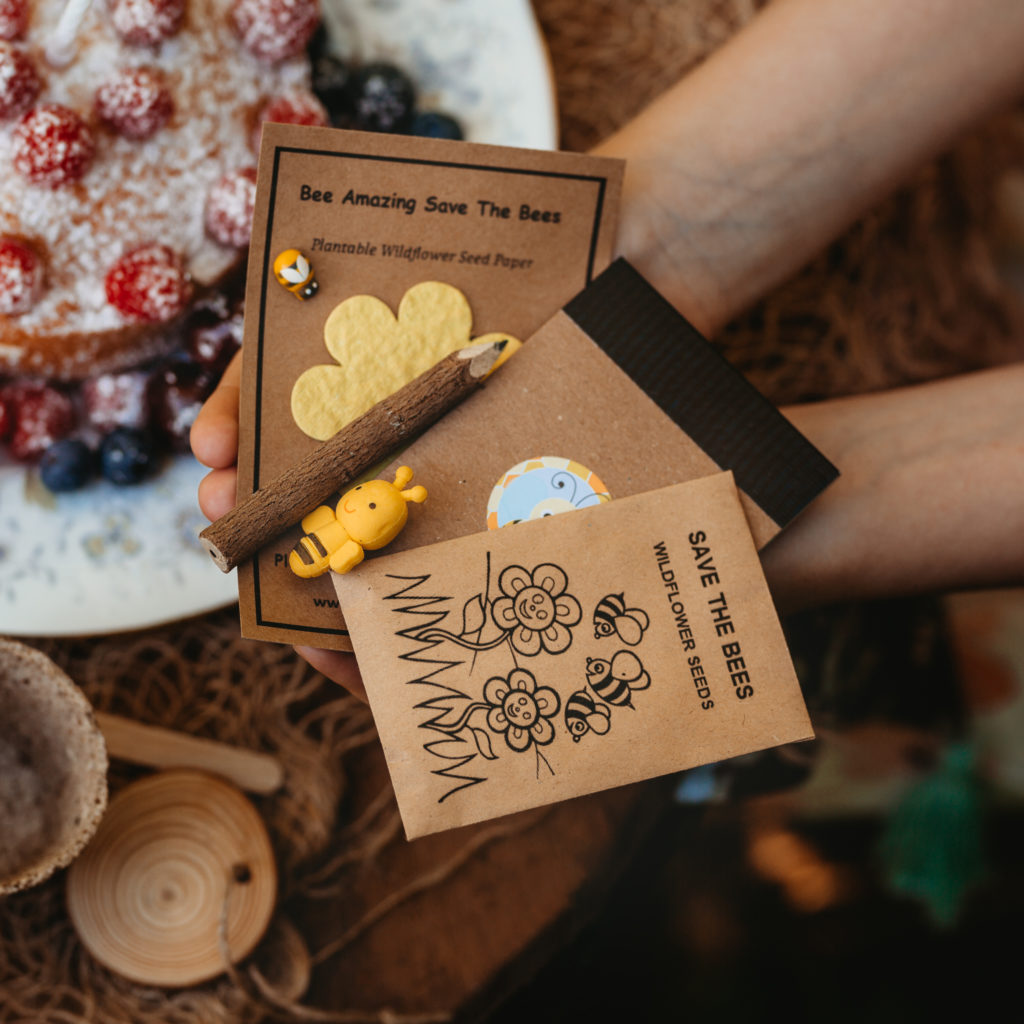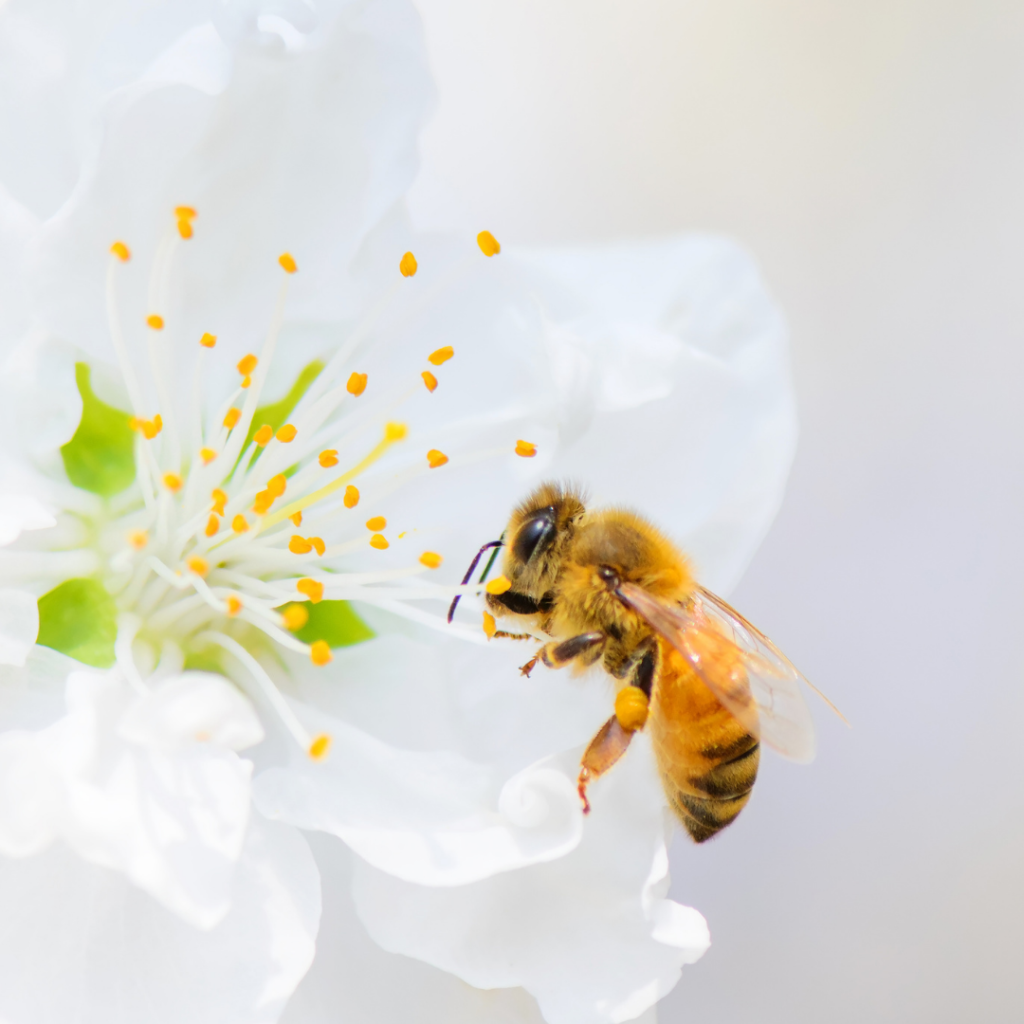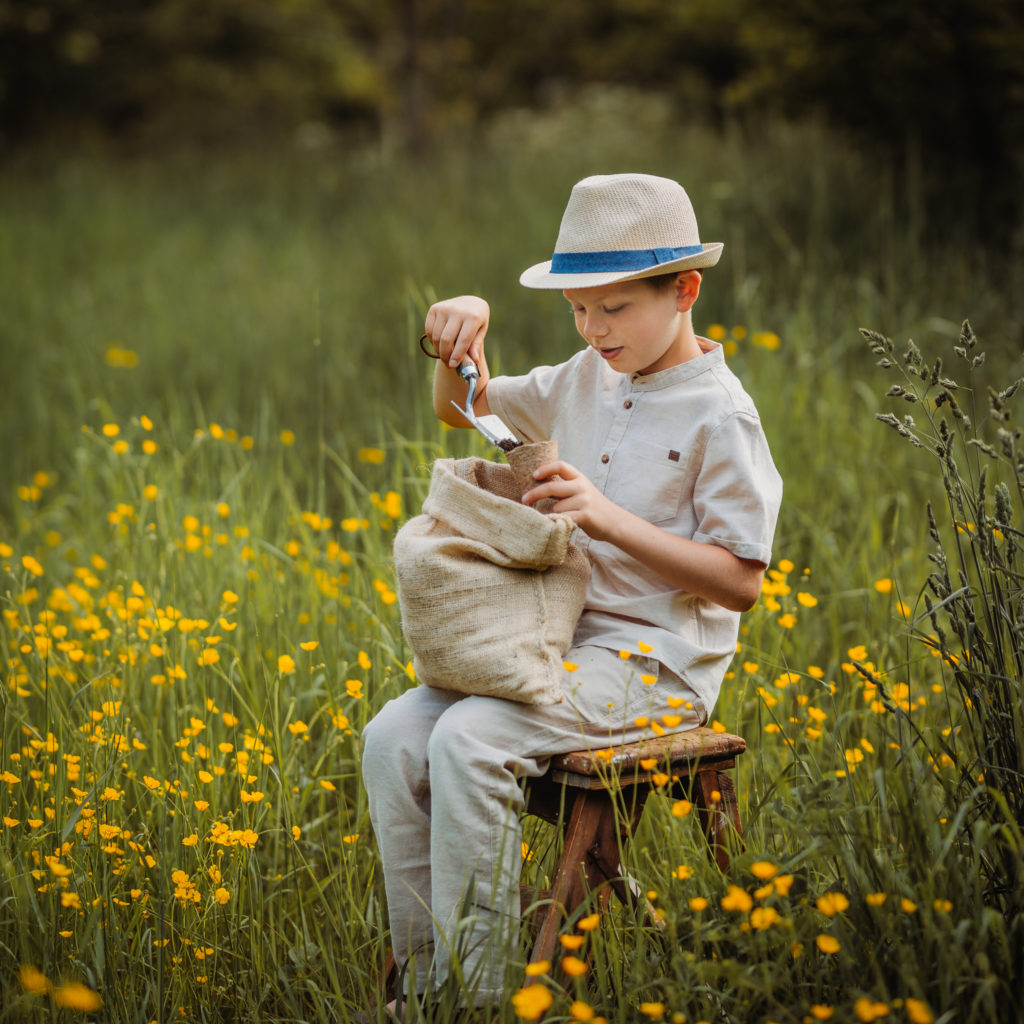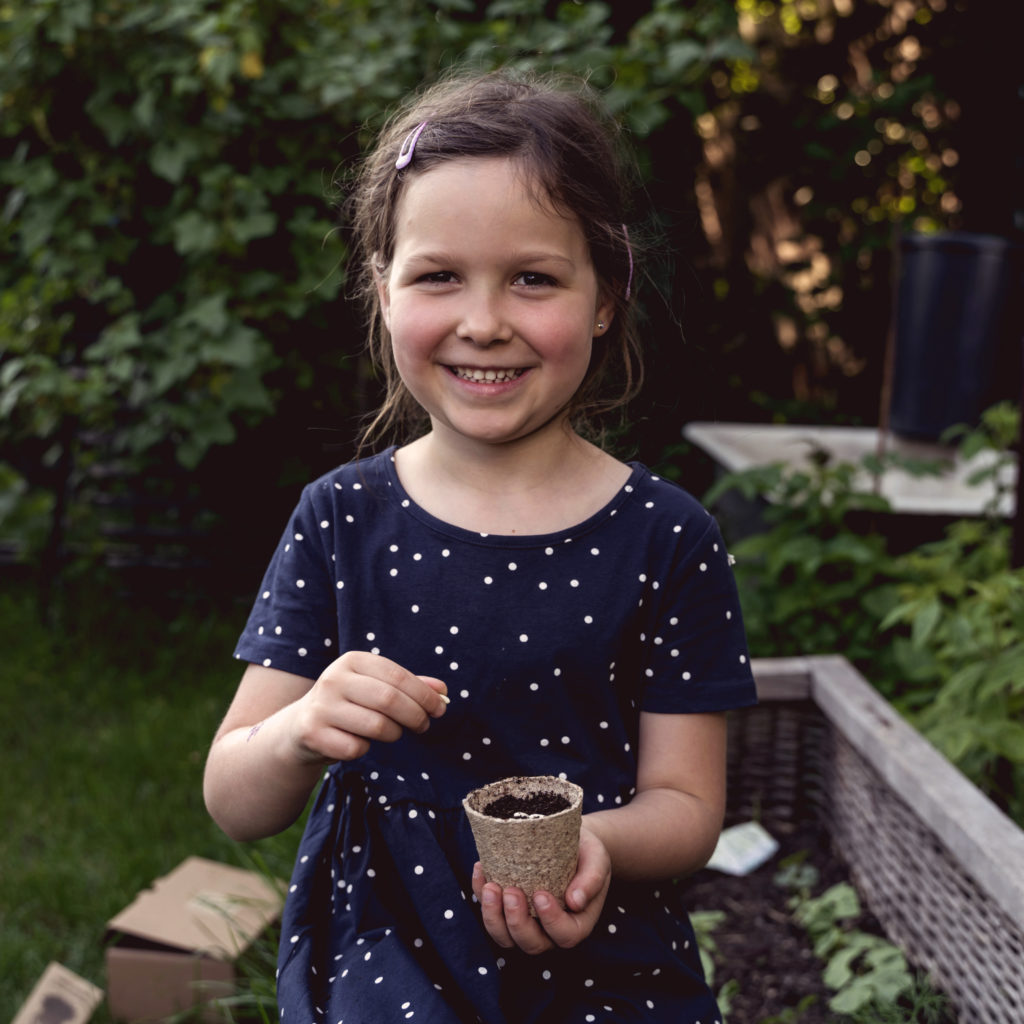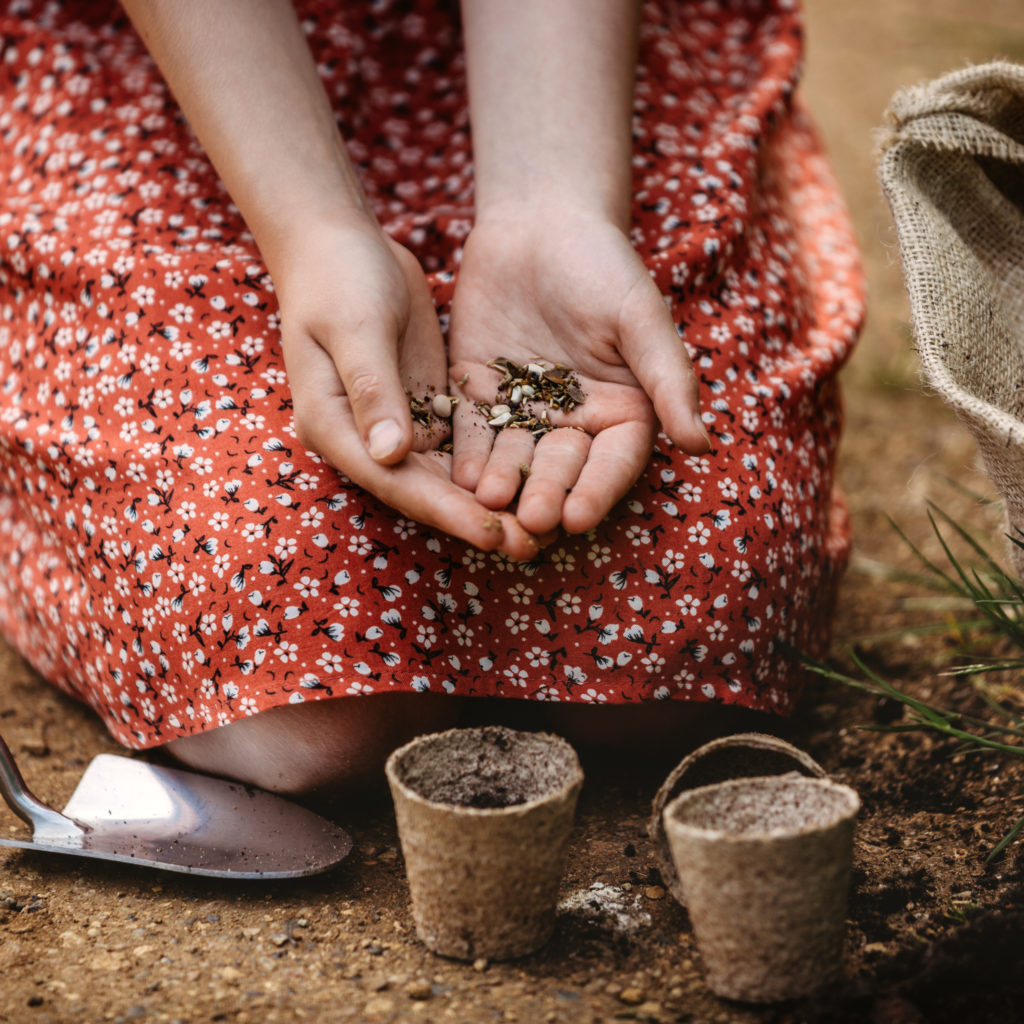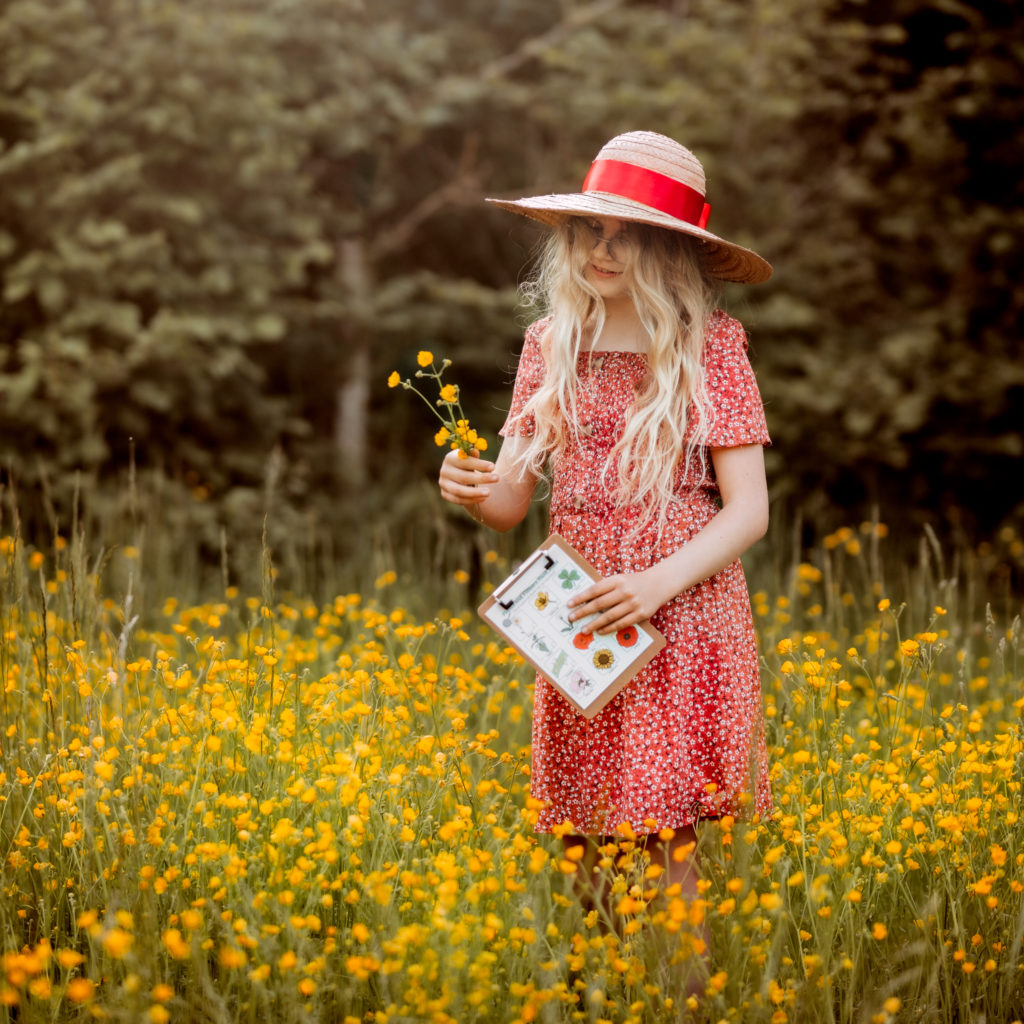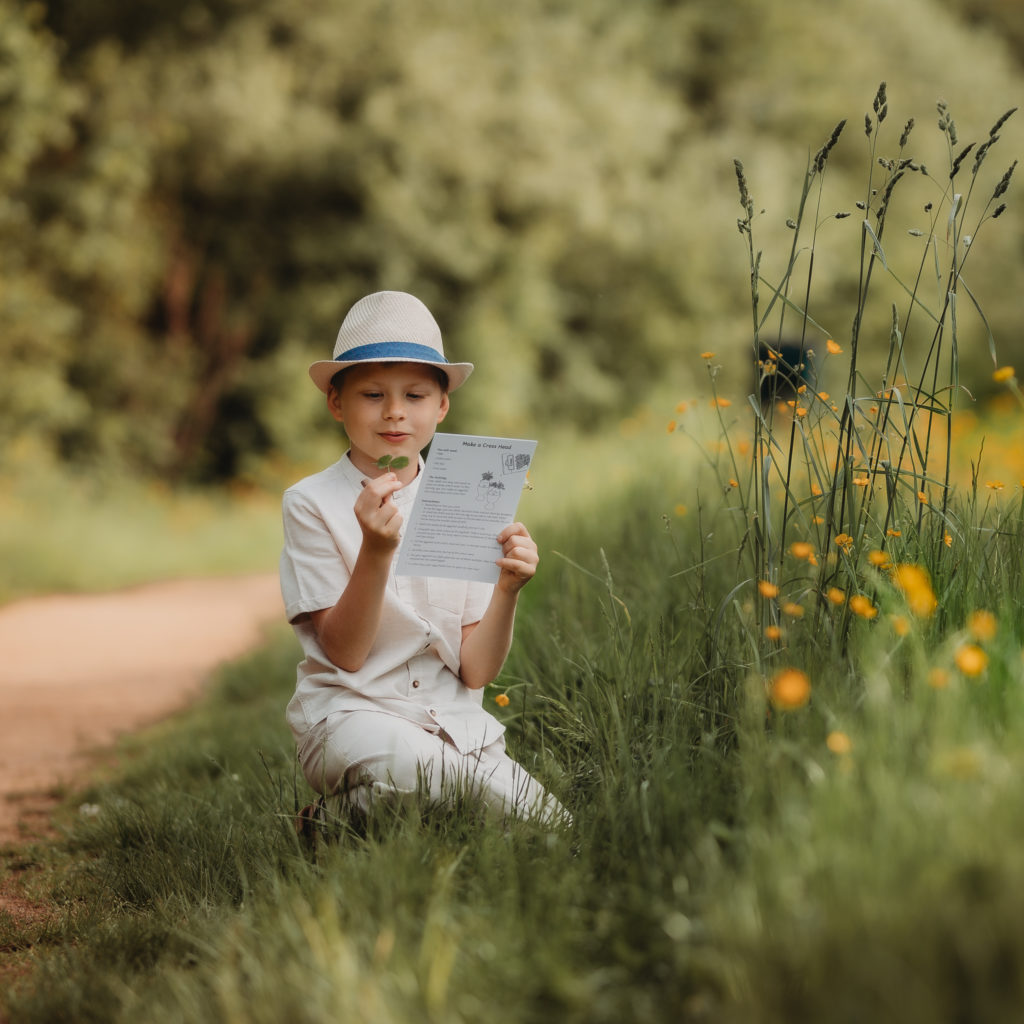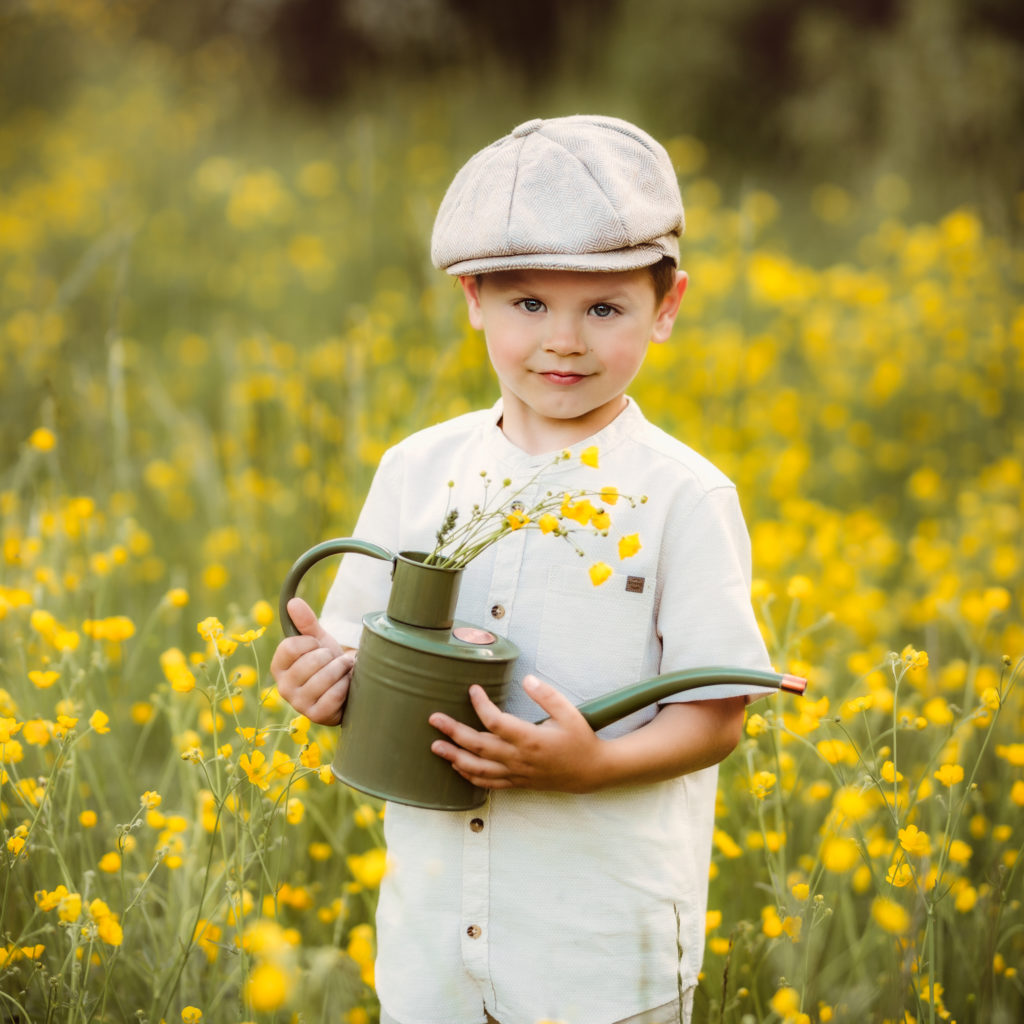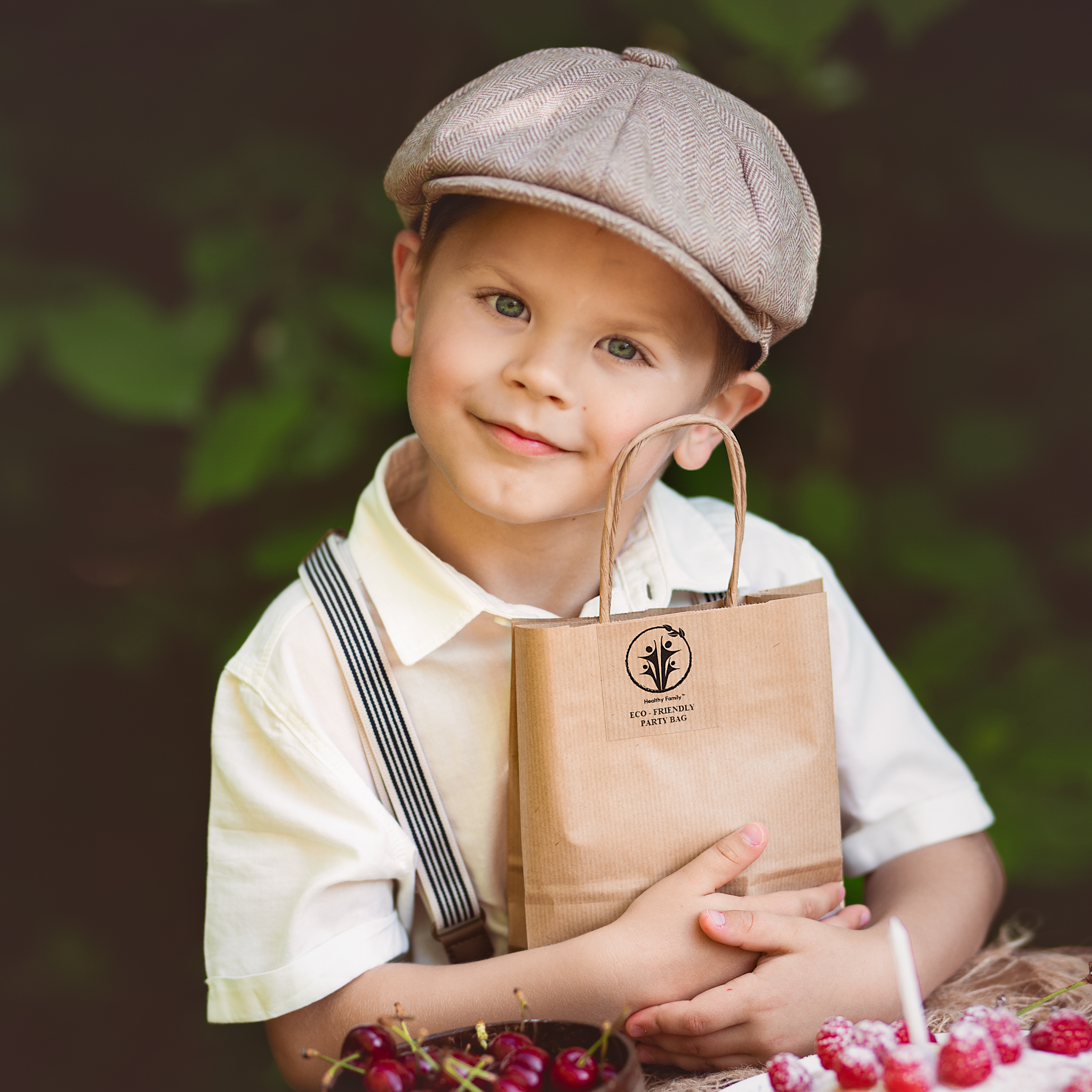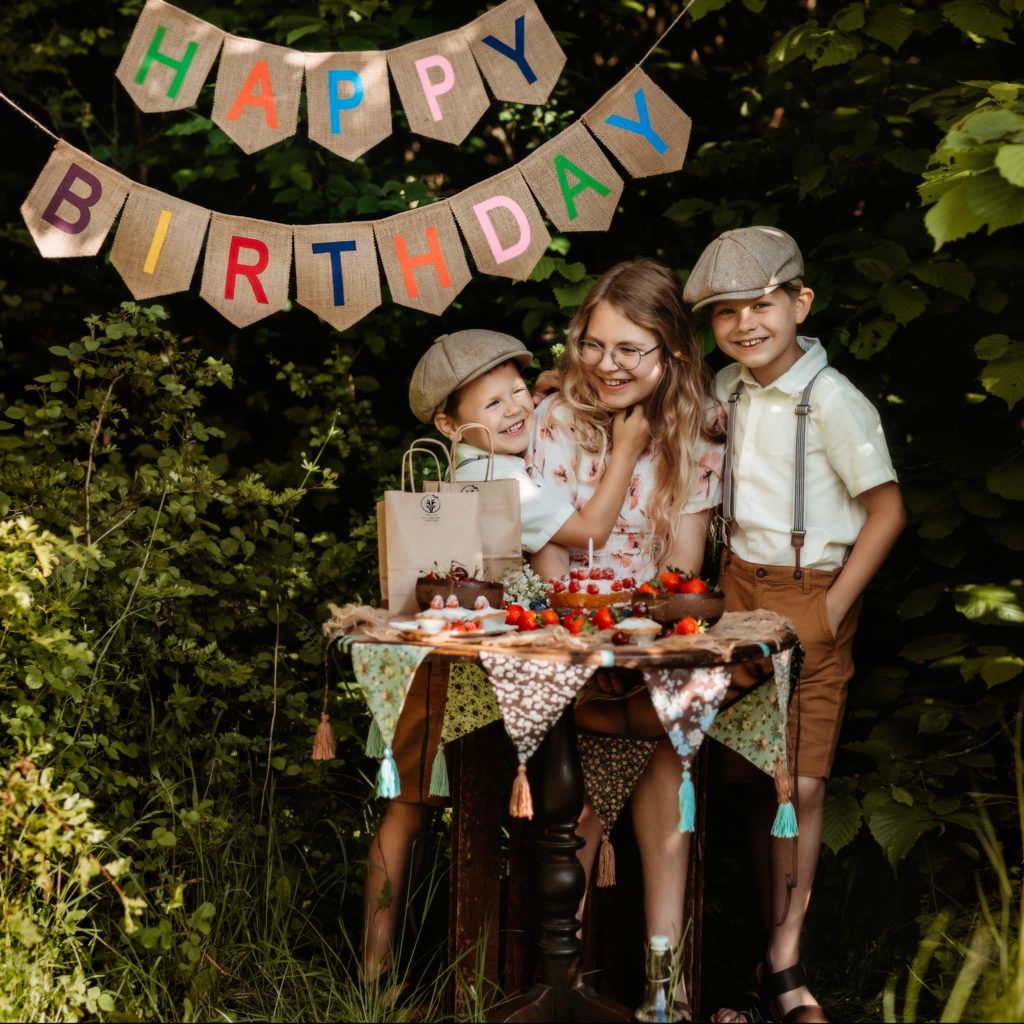When it comes to kids gardening projects, sowing seeds is hard to beat. The magical process of planting a seed and watching it turn into a plant has real wow factor, plus the chance to get really hands-on always appeals to little ones. Seed sowing is a brilliant way to learn about nature and the plant life cycle too.
Tips for Growing Plants with Kids:
- Use unusual containers – old boots, egg shells, tea pots, old pans all make for great pots
- Have everything to hand – compost/soil, seeds, watering can
- Make sure you have equipment that the kids can handle
- Teach the kids not to over water – start off putting less water than needed in the watering can and show them what it should look like when they water
- Get them to help to weed around the plants, plant out, water, feed and harvest
Giving children responsibility for growing and taking care of their own plants will also help to maintain their interest in gardening. The added bonus of growing plants from seed is that it’s a thrifty way to garden. A single packet of seeds has the potential to create a large number of plants, so you can fill your garden with flowers or grow a bumper harvest for very little cost.
Cress seeds
To avoid children’s boredom, choose fast growing seeds for kids. The quicker they can see something happen, the more interested they will be in the process.
Cress seeds
Cress is just great if you want to do something with the children where they can see the fruits of their labour early on. I would most likely go so far to say that it is one of the easiest things to grow and what’s more, you can grow this indoors – perfect for getting those green fingers ready for the spring. And it goes lovely in those egg sandwiches that you can have ALL year round!
Scatter in a small pot of compost, cover, water and keep in a bright place. Alternatively place onto moistened cotton wool or a paper towel.
Sunflower seeds
Sunflower seeds are nice and big, so they’re well-suited to small hands. Sunflowers will grow happily in a pot, or you can plant them out into the garden once they’re established. There are so many varieties to choose from; try ‘Giant Yellow’ for show-stopping blooms, or ‘Teddy Bear’ for a fluffy, compact plant.
Plant your seeds in spring for summer flowers. You can plant them earlier, but you will need to protect them from cold temperatures by starting them off in a greenhouse, cold frame, or indoor windowsill. You will probably need to support the stems with garden canes as the plants grow.
It’s fun for each family member to grow a sunflower plant so you can have a height competition – just remember to name your pots!
Wildflower seeds
For truly low-maintenance seed sowing, go for wildflowers.
The wildflower seeds are perfect pollinators bee -friendly seeds.
Grow Beautiful Flowers in Your Garden to Help Bring Back The Bees. We all need to do our bit for the Bees and help them make a come-back with these super easy to grow Seeds.
Fill a pot with compost disc, sprinkle seeds and cover. Water and keep in a bright spot. We have grown these all year round indoors, they can also be grown outdoors in spring, summer and early autumn.
Pea seeds
Sowing peas with the kids is a wonderful fun activity for all ages. The seeds are large enough for small hands to handle.
Fill a pot with compost, push seed down 1cm, press top down firmly. Water regularly and keep in a bright spot. These peas are a good for growing all year round due to their hardiness.


